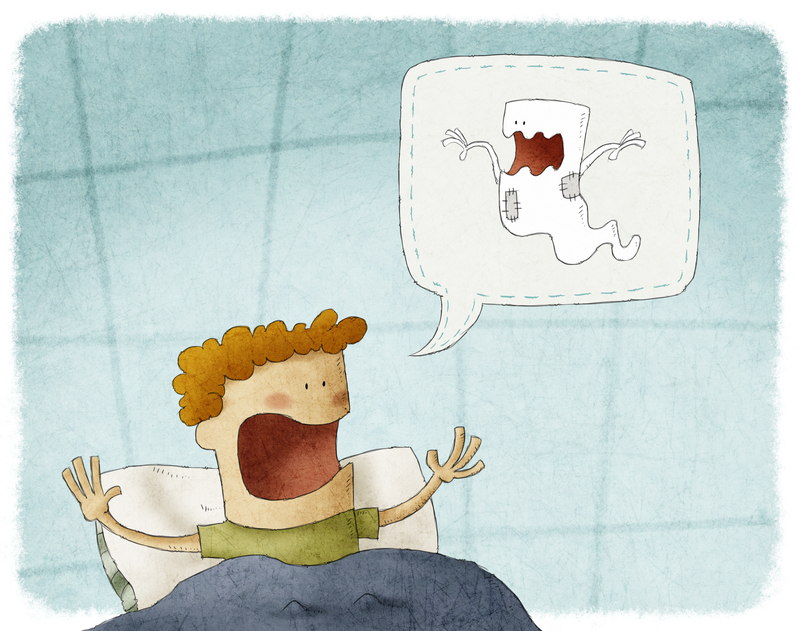Innovative Tips for Effectively Moving Your Bed and Mattress
Posted on 01/06/2025
Innovative Tips for Effectively Moving Your Bed and Mattress
Moving to a new home or rearranging your current space can be both exciting and daunting. Among the most challenging belongings to relocate are beds and mattresses due to their size, weight, and delicate structure. To ensure your sleeping furniture arrives safely and efficiently, mastering modern and strategic techniques is essential. This comprehensive guide offers innovative tips for effectively moving your bed and mattress, tailored for seamless transitions and protecting your investments.

Why Effective Bed and Mattress Moving Matters
Moving your bed and mattress goes beyond just tossing them into a truck. Improper transportation can lead to structural damage, dirt, allergens, or even infestation. A well-executed move ensures:
- Increased mattress lifespan
- Comfort preservation
- Simplified reassembly and setup
- Protection against costly repairs or replacements
The Challenges of Moving Beds and Mattresses
Mattresses are notoriously difficult to maneuver because they are cumbersome, unwieldy, and can easily get stained or ripped. Bed frames, especially those with intricate designs or adjustable features, may be heavy, complicated to disassemble, and susceptible to scratches or dents. Recognizing these challenges is the first step towards innovative mattress and bed moving solutions.
Pre-Move Preparation: Organizing Equipment and Supplies
Essential Tools and Materials Checklist
- Mattress Bags or Vacuums Bags - To protect against moisture, dust, and pests.
- Furniture Sliders and Dollies - Reduce physical strain and avoid damaging floors.
- Packing Tape and Straps - Securely hold bags and frame pieces together.
- Screwdriver and Allen Keys - For dismantling bed frames.
- Blankets or Bubble Wrap - Cushion delicate parts and prevent scratches.
- Ziplock Bags - Store screws and small hardware for easy reassembly.
- Labels or Colored Stickers - Mark sections for effortless reassembly.
Pro Tip: Inventory and Photograph
Before starting, photograph your assembled bed from multiple angles. This visual aid will help during reassembly. Also, prepare an inventory list to ensure all pieces arrive intact.
Innovative Strategies for Disassembling and Preparing Your Bed
1. Break Down Your Bed Frame Efficiently
Most modern bed frames are designed for easy disassembly, but taking them apart methodically makes a significant difference:
- Remove bedding and mattress first, folding sheets and covers neatly for storage.
- Disassemble headboards, footboards, and side rails using proper tools. If bolts are stuck, a dry lubricant can ease the process.
- Label each part as you go. Use colored tape or stickers to identify how components fit together.
- Store hardware securely in labeled bags, taping them to the respective bed components or keeping them separately in a designated moving box.
2. Vacuum and Clean
Deep-clean your mattress and bed frame before you move. Vacuuming helps prevent transporting dust mites, allergens, and odors to your new space.
3. Use Vacuum-Sealed Mattress Bags
One game-changing method for efficient mattress relocation is vacuum-sealing. These innovative mattress bags compress the volume and protect from dirt and moisture. This technique is especially useful for memory foam or latex mattresses, making them easier to maneuver.
4. Consider Modular or Folding Bed Frames
If you frequently move or live in urban environments, invest in bed frames with tool-free assembly or modular, foldable components. These designs drastically simplify both disassembly and transportation.
Expert Techniques for Safely Moving Mattresses
1. Bend, Don't Break
Some flexible foam mattresses can briefly be bent or rolled--but check manufacturer guidelines first! Never bend innerspring or hybrid mattresses as this can irreparably damage the internal structure and void warranties.
2. Teamwork Makes the Task Easier
Always move mattresses with at least two people. Twist and turn carefully through tight spaces, using a "bookend carry" approach by gripping opposite corners for balance.
3. Use Mattress Carriers or Straps
Heavy-duty straps with handles or mattress carriers provide much better leverage and control than trying to grab slippery edges, especially when navigating stairs or corners.
4. Protect with Old Sheets or Moving Blankets
Even when using a mattress bag, double up the protection with thick moving blankets or old sheets. This prevents scraping walls or snagging fabric.
Transporting Your Mattress and Bed Frame
1. Plan Your Exit Path
Walk the route from bedroom to moving vehicle in advance. Remove potential obstacles like furniture or doors, and measure narrow halls. For tight spaces, angle the mattress upright for easier navigation.
2. Vertical and Horizontal Loading Techniques
For mattresses:
- Stand them on their side in the vehicle to maximize floor space.
- Never stack heavy items on top.
- Use straps to secure mattresses so they do not slip or bend during transit.
For bed frames:
- Lay frame components flat, separating delicate parts with padding.
- Bundle similar pieces together and secure with tape or wrapping material.
3. Weather-Proof Your Move
Moisture is the enemy of both mattresses and wood. If rain or snow is forecasted, double-bag your mattress and wrap wooden frames tightly in plastic, then cover with moving blankets.
Unique Hacks for Single Movers or Tight Spaces
1. Use Furniture Lifting Straps
Furniture lifting straps such as "forearm forklifts" allow single movers to leverage body weight and reduce strain while still handling large mattresses or awkward bed frames.
2. The Mattress Sled Method
In homes with smooth floors, place the wrapped mattress on a large towel, blanket, or plastic sheet and simply drag it like a sled. This protects both your flooring and your back!
3. Temporary Casters
Attach temporary caster wheels to your dismantled bed base, making it easy to push through your home with minimal lifting.
Assembling and Setting Up in Your New Home
1. Clean Before Reassembly
Take a moment to dust and wipe all surfaces before putting your bed and mattress back together, particularly if your new space was recently renovated.
2. Reference Photos and Labels for Fast Assembly
Refer to the photographs and labels you made during disassembly. This step drastically reduces the time required to rebuild your bed frame and avoids guesswork.
3. Check Stability and Tightness
Once assembled, give your bed frame a gentle shake. Re-tighten all bolts and ensure no components are loose for optimal safety and longevity.
4. Air Out Your Mattress
Allow your mattress to "breathe" for a few hours before making the bed. This dissipates any odors accumulated during the move and allows foams or springs to recover their shape.
Sustainability and Eco-Friendly Moving Tips
1. Reusable Mattress and Furniture Covers
Instead of disposables, invest in high-quality reusable covers for mattresses and frames. Not only will these last for multiple moves, but they're also better for the environment.
2. Upcycle Old Blankets and Sheets
Use worn textiles as padding material--an excellent way to reduce waste.
3. Recycle Old Mattresses Responsibly
If you're upgrading, find local recycling programs or mattress donation centers to keep bulky waste out of landfills.
Common Mistakes to Avoid When Moving Beds and Mattresses
- Skipping protective covers, leading to irreparable stains or pest contamination.
- Improperly stacking heavy items atop mattresses in the moving van--may crush internal components.
- Losing hardware or forgetting to label frame parts, causing frustrating assembly problems later.
- Moving mattresses in poor weather unprotected, risking mold or water damage.
- Attempting to force large bed frames through narrow doors instead of disassembling them first.

Frequently Asked Questions About Mattress and Bed Moving
How can I move my bed and mattress with minimal help?
Innovative moving solutions like sliding the mattress on a blanket, using lifting straps, or purchasing a foldable bed frame are ideal for solo movers.
Is it safe to roll or bend my mattress?
Most foam mattresses can be compressed and rolled for short periods, but never bend a spring or hybrid mattress. Consult the manufacturer to avoid voiding warranties.
How do I protect my mattress from rain or dirt during the move?
Always use a waterproof mattress cover or double-layer plastic sheeting. Ensure all edges are sealed with packing tape for maximum protection.
Can I leave my mattress in storage for long periods?
If you need to store your mattress, lay it flat in a dry, climate-controlled environment. Never store upright long-term as it may lose shape over time.
What should I do if my mattress gets dirty or wet during the move?
Dry it thoroughly in a ventilated space and spot-clean stains with gentle detergent. For extensive water damage, consult professional cleaners or consider replacement to prevent mold or bacteria growth.
Conclusion: Move Your Mattress and Bed Like a Pro
Successfully moving your bed and mattress requires thoughtful preparation, smart tools, and a touch of ingenuity. By employing these innovative tips for bed and mattress relocation, you can ensure your sleep essentials are protected and ready for a fresh start in your new home. Careful planning, protective strategies, and clever moving hacks transform a potentially stressful task into a smooth, damage-free experience. Happy moving!
